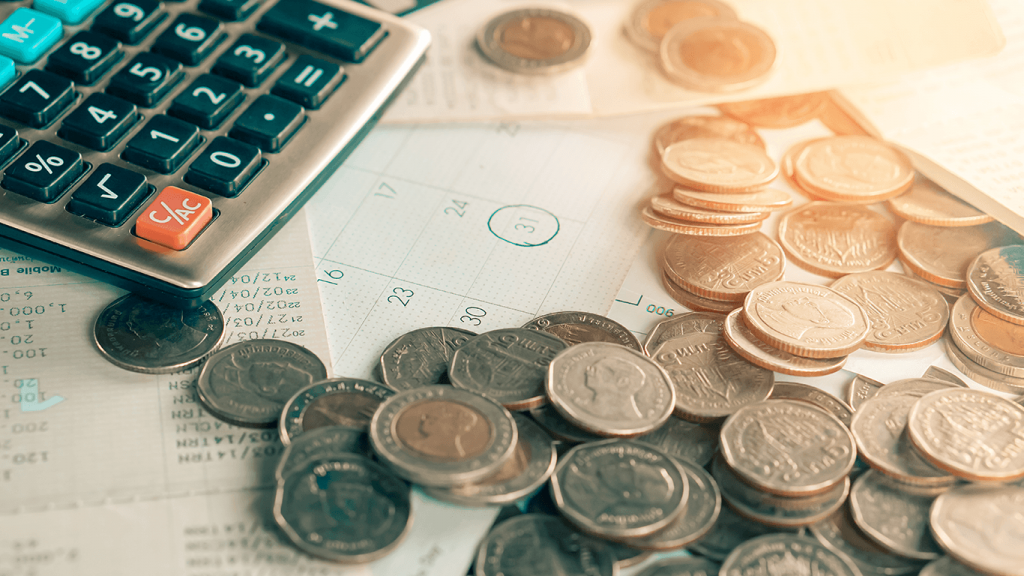
Bookmaker odds
Bookmaker odds are a numerical expression of the bookmaker’s opinion on the probability of a particular outcome of an event. It is assigned to each outcome in a bet line and is used to determine the winnings. The payout that the player will receive if the bet goes through is equal to the amount of the bet multiplied by the odds.
How do I understand why some odds in sports betting are lower than others?

Odds vary depending on the probability of the event. The higher it is, the lower the odds are, and vice versa. Different bookmakers estimate the probability of events in different ways, so the odds vary from bookmaker to bookmaker:
- Deciphering the basic types of odds in sports betting;
- There are three types of odds;
- European or decimal odds.
Used in all sports betting around the world – somewhere as the only odds type, somewhere as one of the display options. Written as a decimal fraction – 1.50, 2.00, 3.25.
English odds
Used with British bookmakers. It is written as an ordinary fraction – 22/5, 167/50, 13/50. The fraction shows the ratio of the bet size to the net profit: the denominator of the fraction is the amount bet, the numerator is the net profit from the bet. If a player bets 5,000 rubles on a result with odds of 22/5, the winnings after deducting the stake will be 22,000 rubles. To convert English odds to European odds, you must divide the numerator by the denominator and add one to the resulting value.
To convert English odds to European 22/5, you must divide the numerator 22 by the denominator 5 and then add 1 to the resulting value. We obtain:
22 ÷ 5 + 1= 4,4 + 1 = 5,4.
5.4 is the European expression for the 22/5 ratio.
American index
Used in bookmaker offices in the United States. It is written in the format “+135”, “-220”. A ratio with a “+” sign means the potential profit the customer can make from a bet of 100 USD. This rule works with any currency: euro, ruble, yen.
The +680 multiplier means that for a bet of 100 USD you can make 680 USD net profit.
Sports betting odds with a minus sign means the amount of money you need to bet on an event to get $100 net profit. This rule works for any currency.
A multiplier of -132 means that a bet worth 132 USD will result in a net profit of 100 USD.
To convert US odds with a “+” to European odds, divide the value by 100 and add 1.
To convert +680 to a decimal, divide 680 by 100 and add 1 to the resulting value:
680 ÷ 100 + 1= 6,8 + 1 = 7,8.
7.8 is the decimal version of the +680 factor.
To convert an American coefficient with a minus sign to a European coefficient, divide 100 by the coefficient value and add 1.
To convert an American coefficient of -250 to a decimal, divide 100 by 250 and add 1 to the resulting value:
100 ÷ 250 + 1= 0,4 + 1 = 1,4.
1.4 is the decimal version of the -250 factor.
How do bookmakers influence odds?

There are two ways to manipulate odds – adding margin and lowering odds on popular events.
Adding a margin
Margin is the bookmaker’s commission. Through the commission, the bookmaker makes money on each bet. Because of the margin the odds decrease by 2-15%.
We flip a coin. There is a 50% chance that the outcome will be heads or tails. Without a margin, each outcome is priced at 2.00. The bookmaker, however, adds a margin – his profit. If the bookmaker’s margin is 10%, the odds for heads or tails are 1.90.
To calculate the margin, use a calculator or the formula:
(1 ÷ Odds1 + 1 ÷ Odds2 – 1) × 100%
If the selected event has three outcomes, add the third odd to the formula:
(1 ÷ Factor1 + 1 ÷ Factor2 + 1 ÷ Factor3 – 1) × 100%
I’m watching the Roma vs Juventus match. You can bet on a Roma win for 2.50, a draw for 5.00, a Juventus win for 2.00:
(1 ÷ 2.50 + 1 ÷ 5.00 + 1 ÷ 2.00 – 1) × 100 = 10%.
10% is the bookmaker’s margin on the result of this match.
Reducing the probability of popular outcomes
Bookmakers reduce and increase in-line odds depending on the number of bets on events. It is unprofitable for bookmakers when the majority of customers bet on one outcome. In this case, the flow of money is distributed unevenly: the line becomes “overloaded” and in the case of a popular bet, the bookmaking company loses money. To avoid the risk, the bookmaker lowers the odds on a popular event and increases them on an unpopular one.
See Real Madrid vs Valencia match. “Real Madrid is the favourite and you can bet on its victory at odds of 2.00, while Valencia’s win can be bet at odds of 4.00. Most players are betting on Real Madrid. In order to split the bets, the bookmaker has lowered the odds on a Real Madrid win to 1.50, while on Valencia it has raised the odds to 4.50. Now betting on a Real Madrid win is no longer as attractive to players and they are starting to bet on a Valencia win at higher odds.